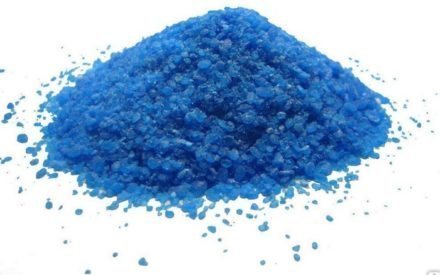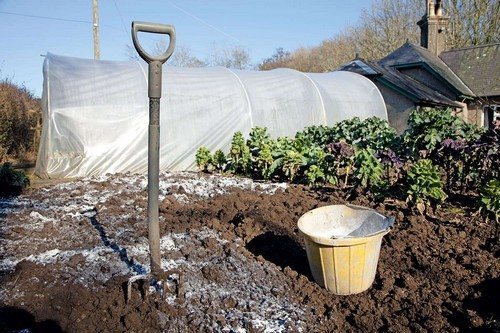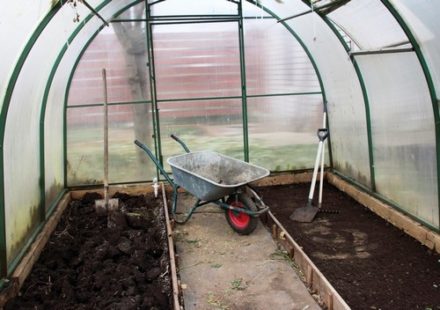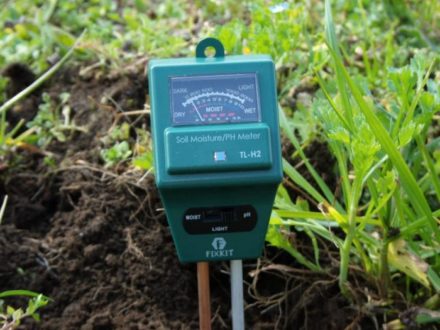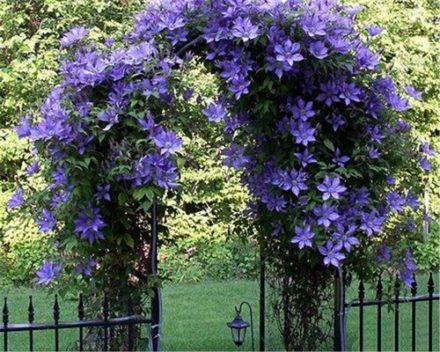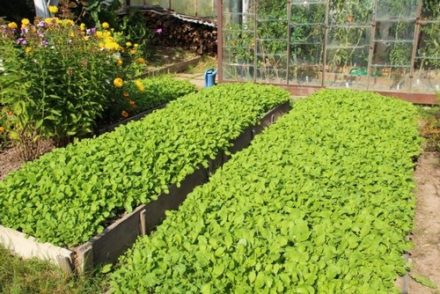Over the course of a season, bacteria and fungal spores accumulate in garden soil, especially if summer residents do not follow the rules of crop rotation. The accumulation of pathogenic microflora also occurs due to the influence of cool and rainy weather. Diseases such as late blight, gray rot, and powdery mildew cause serious damage to cultivated crops. Pests also contribute to crop losses. That is why the soil in the fall needs to be disinfected, which can be carried out using different methods.

Preliminary work
Before starting to cultivate the land, after harvesting, it is necessary to clear the area of plant debris. Pests or their larvae, or spores of pathogenic fungi may be hiding in dry leaves and tops. Leaving plant debris even for a short time can provoke the proliferation of pathogens and contamination of the soil. Collected leaves and branches must be burned.
After this, the soil is dug up to a depth of 15 cm. This manipulation will help to remove pupae and larvae of pests from the top layer of soil, which die from exposure to cold air. They dig up the ground until the beginning of October. Manipulation is required if the site has heavy clay soil. Sandy soil does not need to be dug up. After this, soil disinfection begins. For this purpose, biological and chemical methods are used.

Biological method
When using the biological method of soil disinfection, the composition of soil microflora is not disturbed and does not harm the environment. This method is considered gentle, but its effectiveness will only be high if the soil is slightly contaminated. Drugs used:
- TrichoPlant. The drug is used both in greenhouses and in open ground. The product is based on living microorganisms of the genus Trichoderma, which have a detrimental effect on the pathogens of late blight, Alternaria, gray rot, fusarium and other fungal diseases. To treat the soil, prepare a solution of 100–150 ml of the drug per 10 liters of water. This amount of composition is enough for 1 hundred square meters. The solution is watered over the ridges from a watering can. After the drug has been distributed over the surface of the soil, it is necessary to water it abundantly so that the beneficial bacteria are activated.
- Trichocin. This biological product is an analogue of TrichoPlant. The only difference is that Trichocin is available in the form of a powder, soluble in water. The concentration of the solution is indicated in the instructions for use.
- Fitosporin-M. This drug is widely known and popular due to its effectiveness. It contains Bacillus subtilis, which destroys fungal spores. Fitosporin-M is applied in the same way as other biofungicides, but its consumption is significantly higher.
Biological preparations are not addictive to fungi and bacteria, which means they can be used year after year. However, there is no need to buy these products for future use; their shelf life is limited to 1.5-2 years. Treatment with biological products is carried out in early autumn in warm weather; in a cold environment they are ineffective.
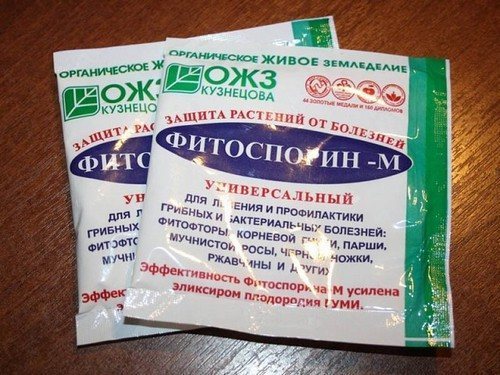
Chemical method
The soil is chemically disinfected in October.Cold weather will not be an obstacle to the action of chemicals. This group includes the following drugs:
- Bordeaux mixture. The main active component of the fungicide is copper sulfate. For soil treatment, a 2% solution concentration will be sufficient. It is not recommended to exceed the dosage, nor is it recommended to use this popular remedy too often. Accumulating in the soil, copper leads to a deterioration in the quality of the crops grown.
- Inkstone. The drug not only fights fungus, but also destroys mosses and lichens. The addition of iron sulfate saturates the soil with iron compounds, which prevents chlorosis. The granules are introduced into the ground in dry form while digging the soil. Consumption is 1 kg of iron sulfate per 10 square meters. m of soil.
- HOME. The fungicide is made on the basis of copper oxychloride and is an analogue of Bordeaux mixture. The drug has a hazard class of 3. It helps fight brown spot, late blight, anthracnose, downy mildew and other fungal diseases. The advantages of the fungicide include its effectiveness, ease of use, and compatibility with other products.
This group also includes Oxychom and copper sulfate. Processing must be carried out using protective equipment (gloves, goggles). Chemicals are used to treat not only the soil, but also the fruit trees in the garden.
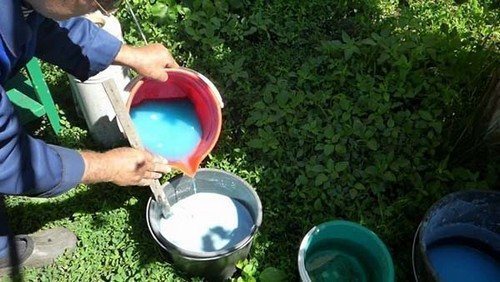
To disinfect the soil, summer residents use watering with boiling water and treating with a solution of wood ash. Some green manures (mustard, phacelia, rye, oilseed radish) help cleanse the soil. Everyone can choose the method that seems most convenient and effective to them.



